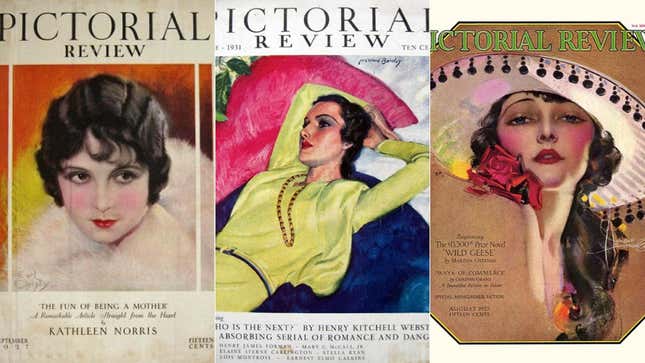Where 'Pictorial' Came From
In Depth

When we were brainstorming ideas for what to call this “subkinja,” a lot of names came up, but Kelly and I were pretty sure we wanted it to be something connected to old magazines. Not because that’s the only kind of content that will live here, but because that’s where so much good old stuff lives, and what spurred our love of media initially. It felt natural (to us) to name what we first referred to as yeoldeshit.jezebel.com after one of these publications. But which one?
A small selection of the names and words we dabbled with:
- Quarterly
- The Modern Priscilla
- Godey’s Ladies Book
- Illustrated
- Digest
- Companion
- Socialite
- Quality (the name of the magazine in Funny Face)
- Boudoir (the name of the magazine in Freaks and Geeks)
- Cat’s Meow
- Modern Bitch
That last one was sort of a joke, but only sort of.
-

-

-

-

-

-

-

-

-

-

-

-

-

-

-

-

-

-

-

-

-

-

-

-

-

-

-

-

-

-

-

-

-

-

-

-

-

-

-

-










































